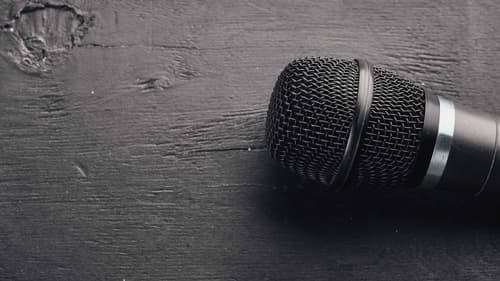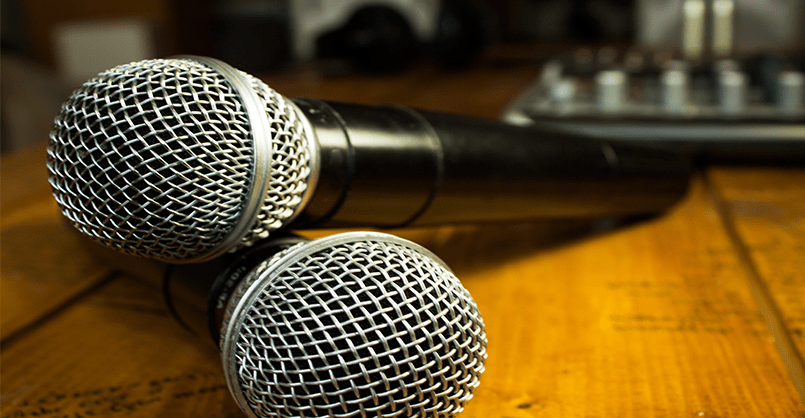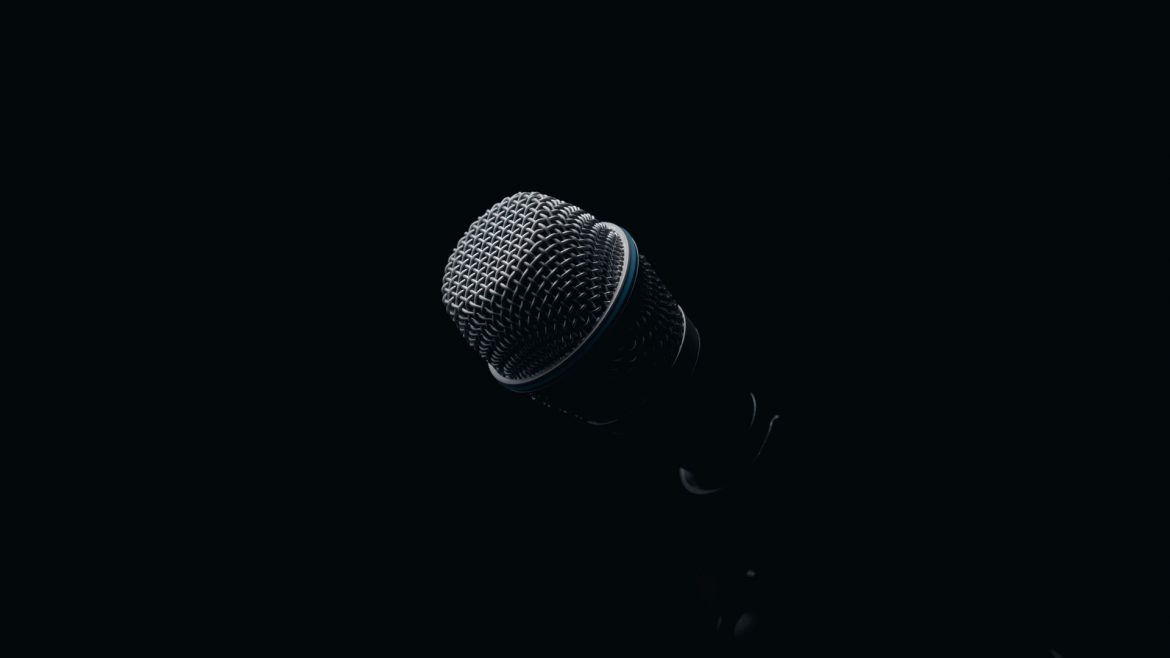If you are in the market for a wireless microphone, you may be wondering what the best frequency is. The answer depends on several factors, including the intended use, the environment, and personal preference. In this blog post, we will explore some of the most popular frequencies for wireless microphones and help you decide which one is right for you.
How Frequency Bands Work
Wireless microphones operate in one of two ways: analog or digital. Analog wireless microphones transmit their audio signal on a single frequency, which makes them subject to interference from other devices that are using the same or a similar frequency. Digital wireless microphones, on the other hand, transmit their audio signal using a wide range of frequencies—this is what’s known as a frequency band.
Frequency bands are assigned by the government and differ from country to country. In the United States, there are three main frequency bands that are commonly used for wireless microphones: UHF (ultra high frequency), VHF (very high frequency), and LMF (low-mid frequency). Each band has its own advantages and disadvantages, which we’ll explain in more detail below.
What Factors Affect Wireless Microphone Frequency?

The best frequency for a wireless microphone depends on a number of factors, including the intended use, the environment, and the budget.
The Intended Use
The first factor to consider is the intended use of the wireless microphone. Are you looking for a microphone to use for public speaking? Or do you need a microphone for singing? Perhaps you need a microphone for both? The intended use will dictate which type of wireless microphone is best for your needs.
For example, if you need a microphone for public speaking, you’ll want a unidirectional microphone. This type of microphone is designed to pick up sound from one direction only, which means that it will reduce background noise and other distractions. On the other hand, if you need a microphone for singing, you’ll want an omnidirectional microphone. This type of microphone picks up sound from all directions, which makes it ideal for capturing the singer’s voice without distortion.
The Environment
Another factor to consider is the environment in which the wireless microphone will be used. Is it a large room or small room? Is the room filled with people or empty? Is there carpeting on the floor or hardwood floors? These are all important factors to consider because they can affect sound quality.
For example, if you’re using the wireless microphone in a large room filled with people, you’ll want to make sure that the wireless microphone has a strong signal so that it can reach all corners of the room clearly. On the other hand, if you’re using the wireless microphone in an empty room with hardwood floors, you won’t need as strong of a signal because sound will travel more easily through an empty room with hard floors.
The Budget
The final factor to consider is your budget. Wireless microphones range in price from around $30 to $300 or more depending on factors like brand, quality, and features. It’s important to find a wireless microphone that fits your needs and your budget.
For example, if you need a high-quality mic for professional use, you’ll likely have to spend more money than someone who just needs a basic mic for personal use. However, there are plenty of great options available at different price points, so it’s definitely possible to find something that’s both high-quality and affordable.
When it comes to choosing the best frequency for a wireless microphone, there is no one-size-fits-all answer. The best frequency depends on factors like the intended use, the environment, and the budget. Keep these factors in mind when shopping for a wireless microphone so that you can find one that meet your specific needs.
What is a Wireless Microphone Frequency Band?

There are a few things to consider when choosing the best frequency for wireless microphones. The first is the range you need. The second is what other wireless devices are operating in your area on the same frequency, and the third is interference.
Not all wireless microphones operate on the same frequency. In order to ensure that you are getting the best quality sound, it is important to choose a wireless microphone with a frequency that will work well in your area.
UHF vs. VHF
The two main frequencies used for wireless microphones are VHF and UHF. VHF stands for Very High Frequency and it operates between 106 and 174 MHz. UHF stands for Ultra High Frequency and it operates between 450 and 800 MHz.
If you need a longer range, then you will want to choose a VHF wireless microphone. However, if there are already a lot of other wireless devices operating on the same frequency in your area, then you may experience some interference.
If you need a shorter range but do not want to deal with interference, then you will want to choose a UHF wireless microphone. Keep in mind that UHF frequencies can be more difficult to find because they are not as common as VHF frequencies.
2.4GHz vs 5GHz
Another thing to consider when choosing a wireless microphone frequency is whether you want a 2.4GHz or 5GHz system. 2.4GHz systems are more common and tend to be less expensive, but they can be more prone to interference from things like Bluetooth devices and Wi-Fi networks. 5GHz systems cost more but offer better performance in terms of range and clarity.
If you are using your wireless microphone in an area with a lot of electronic devices, 5GHz is probably the way to go. If you don’t mind dealing with the occasional dropout and want to save some money, 2.4GHz may be fine.
What Wireless Microphone Frequencies Are Illegal?

If you use wireless microphones, there are certain frequencies that you can’t use. Starting on July 13, 2020, the Federal Communications Commission (FCC) will no longer allow the use of 600 MHz service band frequencies (617-652 MHz and 663-698 MHz). This is because these frequencies are being repurposed for LTE cellular service. So, if you’re using a wireless microphone on one of these frequencies, you could potentially interfere with a cellular signal.
So, what does this mean for you? If you have wireless microphones that operate in the 600 MHz service band, you need to stop using them by July 13, 2020. After that date, it will be illegal to operate those microphones in the United States. If you don’t, you could be subject to fines from the FCC.
In addition to these “illegal” frequencies, there are also a number of “legal but unlicensed” frequencies that can be used for wireless microphones. These include TV broadcast channels 2-51 (54-216 MHz), 217-222 MHz (222-225 MHz), and 902-928 MHz (928-932 MHz). While you don’t need a license to operate on these frequencies, you may need to coordinate with local TV stations to avoid interference.
The moral of the story is this: if you use wireless microphones, it’s important to stay up-to-date on the latest FCC regulations. The good news is that there are still plenty of frequencies that you can use for your wireless microphone system; however, you may experience some interference due to other devices operating in these frequencies. As always, feel free to contact us if you have any questions or need help choosing the right wireless microphone system for your needs.
Read More: How to Connect a Wireless Microphone Properly to Any Devices
What Happen If You Use an Illegal Wireless Microphone Frequency
If you use a wireless microphone on an unauthorized frequency, you could be causing harmful interference to critical communications like air traffic control and weather broadcasts.
Additionally, it’s illegal to operate a wireless microphone on an unauthorized frequency. Depending on the severity of the offense, penalties for operating an unauthorized wireless microphone can range from a fine to imprisonment.
According to the Federal Communications Commission (FCC), anyone caught operating a device that causes interference can be fined up to $11,000 for each violation or each day of a continuing violation. If the violation is considered willful or malicious, the offender can be subject to a fine of up to $112,500 or imprisonment for up to one year.
So, what frequencies are authorized for use with wireless microphones? In the U.S., the FCC has set aside two frequency bands for low-power devices like wireless microphones: 169.445-169.505 MHz and 944.100-949.900 MHz. devices must not cause harmful interference and must comply with specific technical standards in order to operate in these bands.




